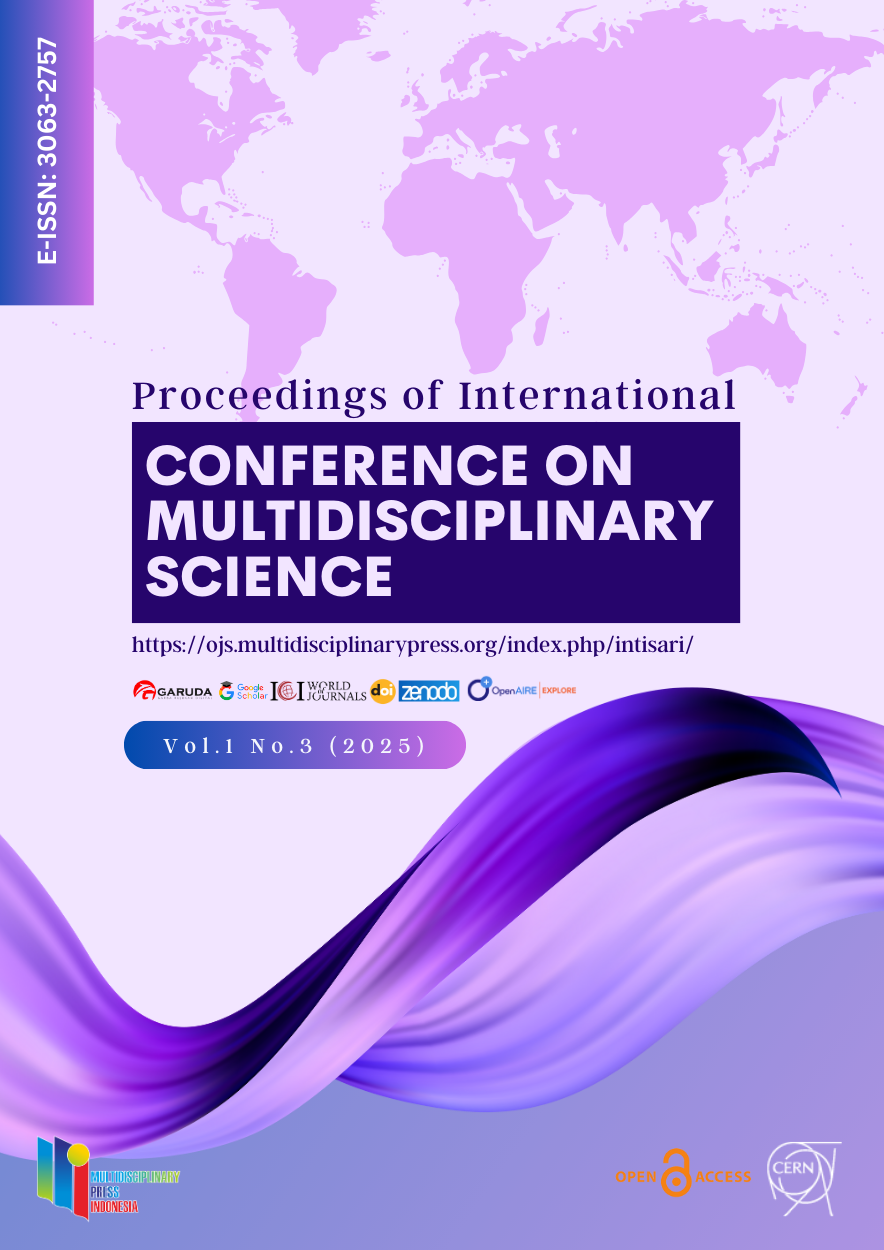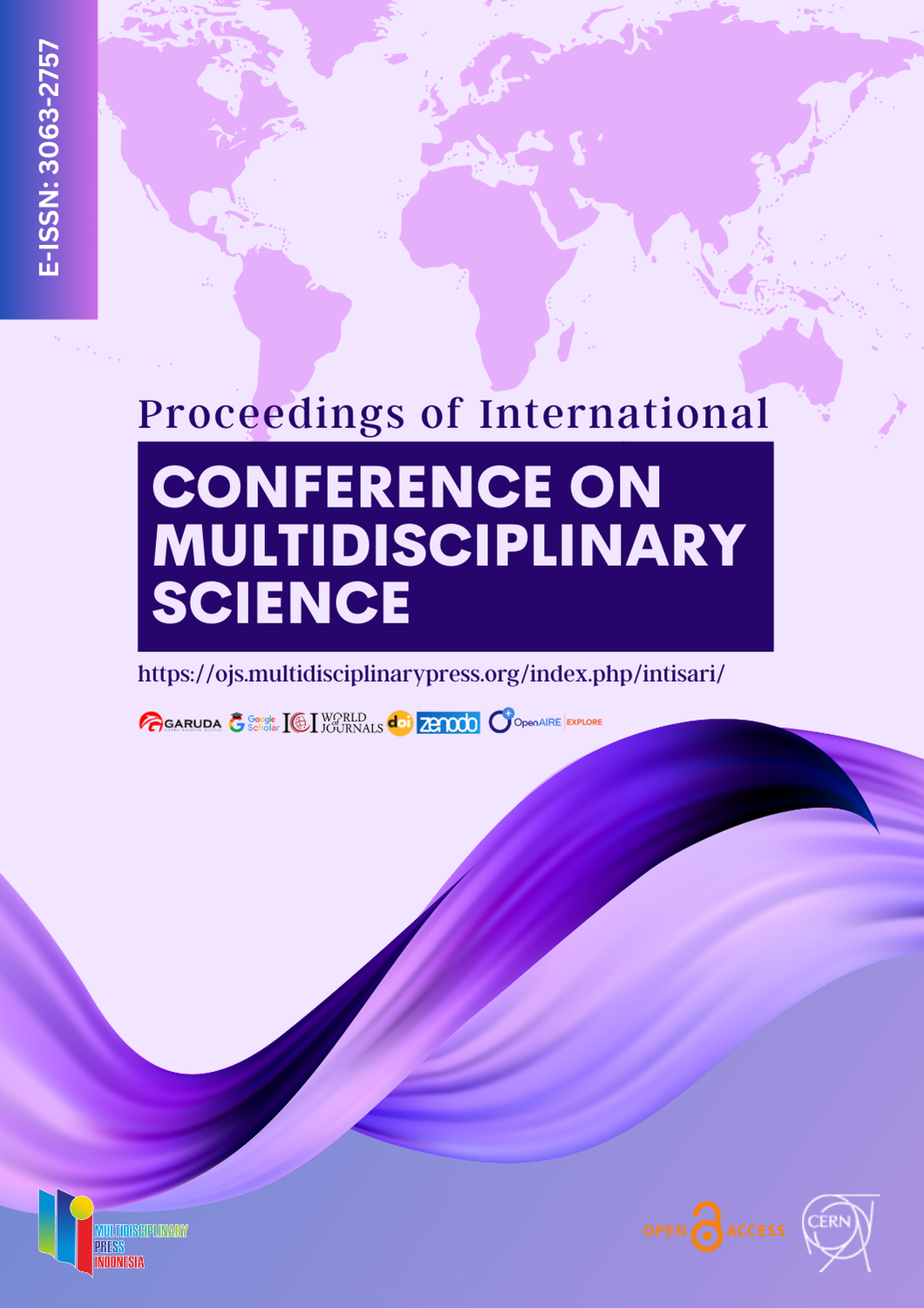Improving Customer Service Through the Electricity Loss Application
Keywords:
Digital Technology, Innovation Management, Electricity Loss Application, Customer Service, PLNAbstract
Digital transformation is a strategic key for companies in improving the quality of public services, including in the electricity sector. This study aims to analyze the effect of digital technology implementation and innovation management on customer service, with the innovation of the Electricity Loss Application as an intervening variable at PT PLN (Persero) ULP Bukittinggi. The research method used is a quantitative approach with an associative causal design, involving 100 respondents who are active customers using the Electricity Loss Application. Data analysis was carried out using Structural Equation Modeling (SEM) based on Partial Least Squares (SmartPLS 4.0). The results showed that the application of digital technology had no significant direct effect on customer service. However, digital technology has a positive and significant effect on application innovation. Innovation management is proven to have a direct and indirect effect on customer service, through the innovation of the Electricity Loss Application as a mediating variable. This application innovation is proven to significantly mediate the effect between technology implementation and innovation management on improving customer service. These findings confirm that the success of digital transformation in public services is highly dependent on the existence of digital innovations that meet user needs.Therefore, the Electricity Loss Application can be an effective digital technology-based service innovation model in improving the quality of services in the electricity sector.
Downloads
References
Adams, R., Bessant, J., & Phelps, R. (2016). Innovation management measurement: A review. International Journal of Management Reviews, 8(1), 21–47. https://doi.org/10.1111/j.1468-2370.2006.00119.x
Baron, R. M., & Kenny, D. A. (2016). The moderator–mediator variable distinction in social psychological research: Conceptual, strategic, and statistical considerations. Journal of Personality and Social Psychology, 51(6), 1173–1182.
Dwivedi, Y. K., Hughes, D. L., Ismagilova, E., Aarts, G., Coombs, C., Crick, T., ... & Williams, M. D. (2019). Artificial intelligence (AI): Multidisciplinary perspectives on emerging challenges, opportunities, and agenda for research, practice and policy. International Journal of Information Management, 57, 101994. https://doi.org/10.1016/j.ijinfomgt.2019.08.002
Ghozali, I. (2017). Structural equation modeling: Metode alternatif dengan partial least square (PLS). Semarang: Badan Penerbit Universitas Diponegoro.
Hair, J. F., Hult, G. T. M., Ringle, C. M., & Sarstedt, M. (2017). A primer on partial least squares structural equation modeling (PLS-SEM) (2nd ed.). Sage Publications.
IEA (International Energy Agency). (2023). Global energy review: CO2 emissions in 2022. Paris: IEA Publications.
Kotler, P., & Keller, K. L. (2016). Marketing management (15th ed.). Pearson Education.
Latan, H., & Ghozali, I. (2015). Partial least squares: Konsep, teknik dan aplikasi SmartPLS 2.0 M3. Semarang: Badan Penerbit Universitas Diponegoro.
Maukar, F. J., Kawet, L., & Dotulong, L. O. H. (2015). The effect of reliability, responsiveness, assurance, empathy, and tangibles to sales increase at PT. J.CO Donuts & Coffee Manado. Jurnal EMBA: Jurnal Riset Ekonomi, Manajemen, Bisnis dan Akuntansi,3(2),124–246. https://ejournal.unsrat.ac.id/index.php/emba/article/view/8478
Parasuraman, A., Zeithaml, V. A., & Berry, L. L. (2018). SERVQUAL: A multiple-item scale for measuring consumer perceptions of service quality. Journal of Retailing, 64(1), 12–40.
Pedrosa, G. V., Kosloski, R. A. D., Menezes, V. G. D., Iwama, G. Y., Silva, W. C. M. P. D., & Figueiredo, R. M. D. C. (2020). A systematic review of indicators for evaluating the effectiveness of digital public services. Information, 11(10), 472. https://doi.org/10.3390/info11100472
PLN. (2022). Rencana Strategis Transformasi Digital PLN 2021–2025. Jakarta: PT PLN (Persero).
Silitonga, R. Y. H., & Sitepu, T. E. N. (2021). Manajemen inovasi teknologi. Penerbit Andi.
Sugiyono. (2018). Metode penelitian kuantitatif, kualitatif, dan R&D. Bandung: Alfabeta.
Tidd, J., & Bessant, J. (2018). Managing innovation: Integrating technological, market and organizational change (5th ed.). Wiley.
Zeithaml, V. A., Bitner, M. J., & Gremler, D. D. (2018). Services marketing: Integrating customer focus across the firm (7th ed.). McGraw-Hill Education.
Laudon, K. C., & Laudon, J. P. (2020). Management Information Systems: Managing the Digital Firm (16th ed.). Pearson Education.
Erwansyah. (2023). Digital-Based Consumer Behavior in Support of Green Economy. Jurnal Ekonomi dan Teknologi, 7(1), 44–58.
Downloads
Published
How to Cite
Issue
Section
Categories
License
Copyright (c) 2025 Iman Rohmatan, Erwansyah

This work is licensed under a Creative Commons Attribution 4.0 International License.





